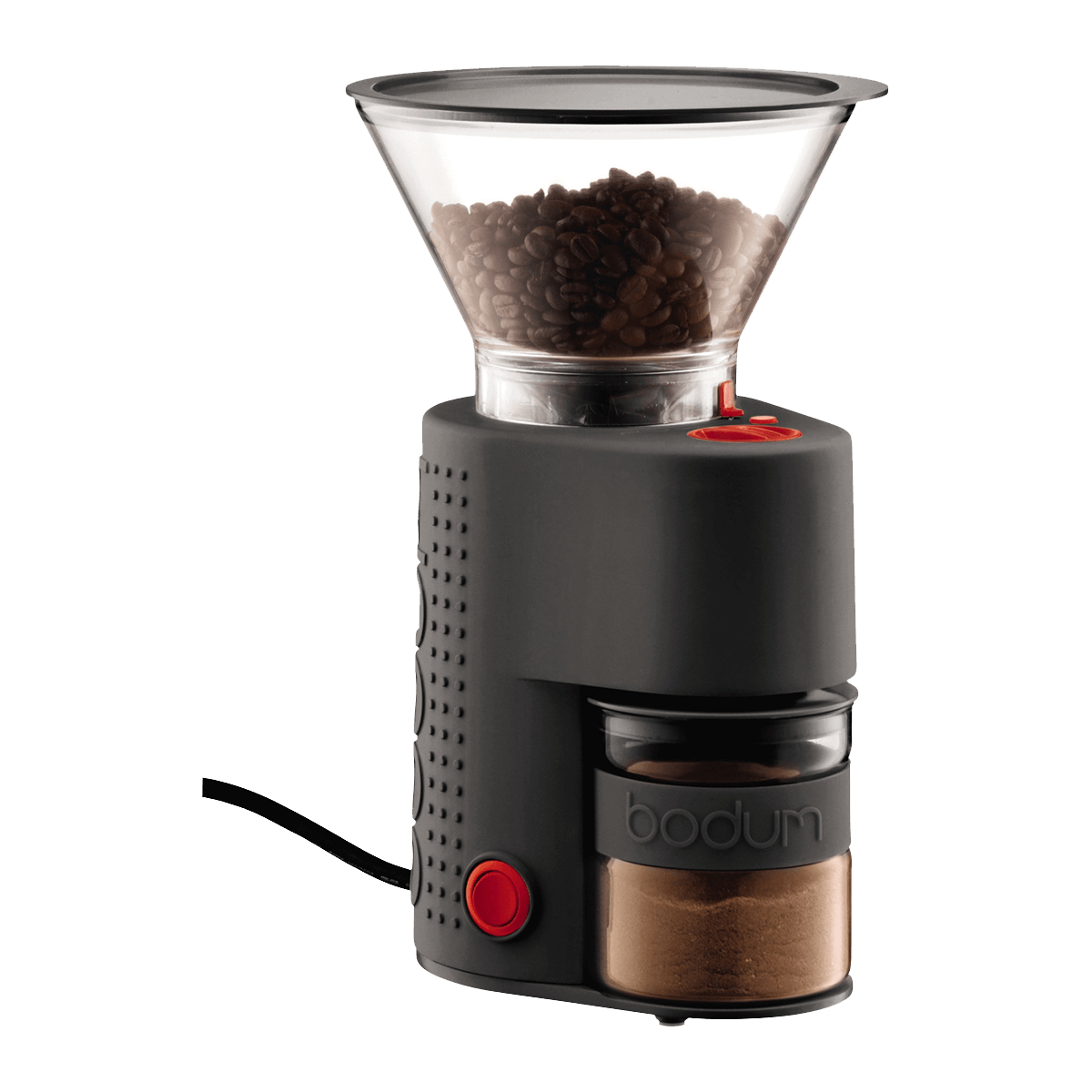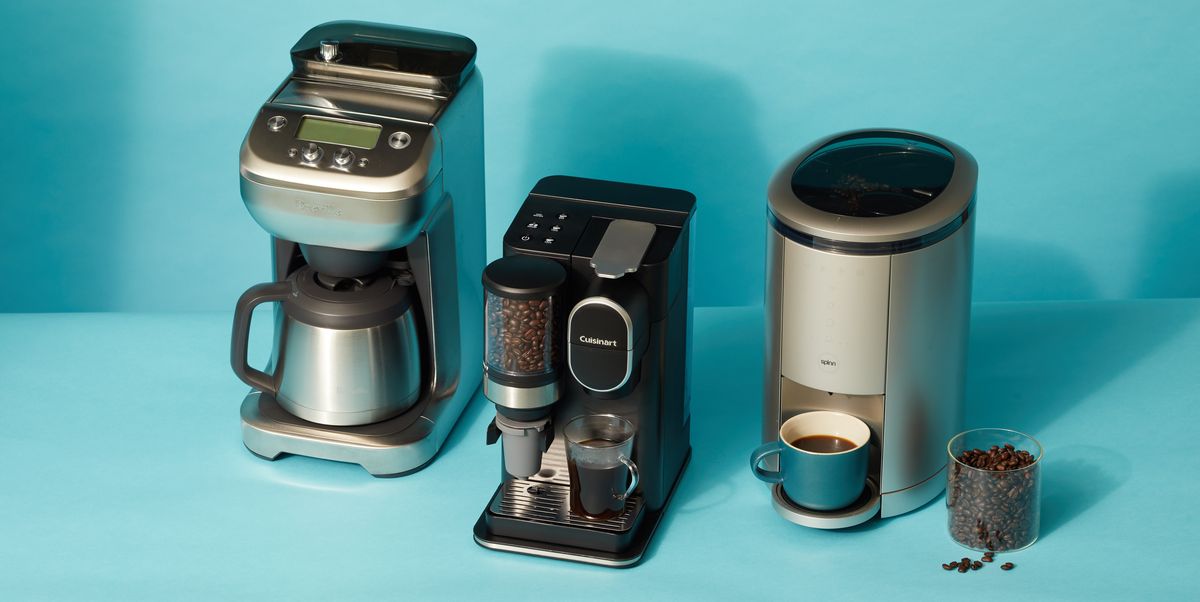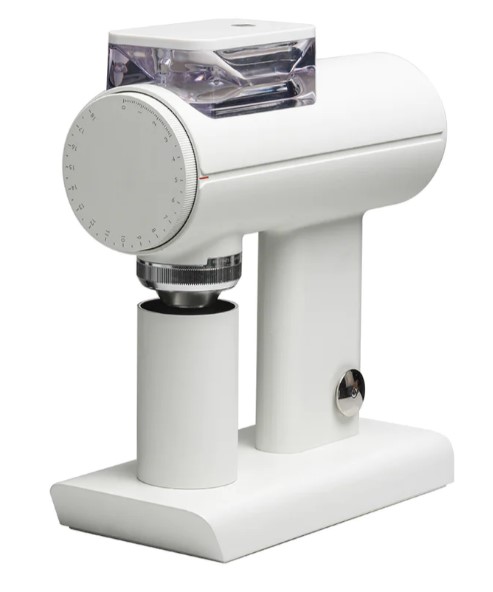Accuracy Fulfills Performance: Timemore Sculptor 078 Grinder
Accuracy Fulfills Performance: Timemore Sculptor 078 Grinder
Blog Article
The Ultimate Guide to Grinding Coffee Beans in the house
In the globe of coffee connoisseurs, the process of grinding coffee beans at home is thought about an art kind that can considerably boost the high quality of your mixture. Join us as we unravel the subtleties of grinding coffee beans at home and furnish you with the understanding and abilities needed to boost your coffee game to brand-new heights.
Different Coffee Grind Sizes Explained
Comprehending the various coffee work dimensions is essential for attaining the best extraction and flavor in your made coffee. The dimension of the coffee premises considerably influences the rate of removal throughout the brewing procedure. Coarser grinds have less surface in contact with the water, resulting in a slower extraction procedure, which is optimal for methods like French press and cool brew. On the other hand, finer grinds have increased surface, permitting quicker removal, suitable for espresso or Turkish coffee (Timemore Sculptor 078).
The most common grind dimensions are additional coarse, coarse, medium-coarse, tool, medium-fine, fine, and additional fine. Additional coarse looks like breadcrumbs and is generally made use of for cool mixture. Crude grind resembles sea salt and matches French press developing. Medium-coarse is comparable to rough sand and functions well for Chemex or Clever Dripper. Tool work, comparable to normal sand, is suitable for drip coffee manufacturers. Medium-fine looks like common salt and is suitable for pour-over approaches. Fine work, comparable to powdered sugar, is ideal for coffee makers. Extra penalty, virtually like flour, is best for Turkish coffee. By choosing the proper grind size for your brewing technique, you can boost the taste and quality of your coffee.
Picking the Right Grinder for You

Tips for Regular Grinding Outcomes
To achieve consistent grinding outcomes when preparing coffee in the house, it is necessary to develop a regular maintenance timetable for your selected grinder. Timemore Sculptor 078. Regular cleansing of the mill's blades or burrs is important to make certain that no coffee residue develops and impacts the high quality of the grind. Furthermore, it is suggested to rectify your grinder periodically to preserve the desired coarseness or excellence of the work
Another pointer for achieving regular grinding results is to measure your coffee beans prior to grinding. Making use of a digital range to consider the beans ensures that you are utilizing the proper coffee-to-water ratio for your brew, resulting in a more regular and well balanced taste in your cup.
Moreover, adjusting the grind size according to your developing approach is vital to obtaining the most effective results. Various developing approaches, such as French press, pour-over, or espresso, call for details grind dimensions to remove the flavors correctly. Explore different work sizes and noting the outcomes can help you perfect your grinding method for every developing technique.
Storing and Preserving Newly Ground Coffee

The most effective containers for storing fresh ground coffee are those constructed from ceramic, glass, or stainless steel. These products are non-reactive and do not transfer any odors that could compromise the coffee's preference. Furthermore, it is More Info recommended to divide your coffee right into smaller sized sections to decrease air exposure each time the container is opened up.
It is suggested to save the coffee in a trendy, dark area, such as a pantry or cupboard, rather than on the kitchen counter or in the refrigerator. Refrigerators can present moisture to the coffee, influencing its taste. By complying with these storage practices, you can prolong the freshness of your ground coffee and delight in scrumptious mugs of coffee each time you brew.
Troubleshooting Common Grinding Issues


One more common issue is grinder blocking, which can result from oils in the beans sticking to the mill's burrs or blades. By dealing with these typical grinding problems promptly and applying appropriate upkeep routines, you can make sure a delicious and consistent coffee brewing experience.
Final Thought
Finally, mastering the art of grinding coffee beans in the house requires an understanding of different work dimensions, selecting the best grinder, and executing tips for consistent results. Proper storage space and conservation of freshly ground coffee is also vital for keeping its top quality. By troubleshooting usual grinding problems, coffee fanatics can delight in a scrumptious mug of coffee made from freshly ground beans in the comfort of their own home.
In the world of coffee enthusiasts, the procedure of grinding coffee beans at home is taken into consideration an art type that can greatly enhance the high quality of your brew. Join us as we unwind the nuances of grinding coffee beans at home find this and furnish you with the understanding look here and skills needed to boost your coffee game to new elevations.
Understanding the various coffee grind sizes is vital for accomplishing the best removal and taste in your brewed coffee.When running into common grinding concerns while preparing your coffee, it is essential to deal with these challenges promptly to guarantee the quality of your mixture straightens with the care taken in saving and preserving freshly ground coffee. By troubleshooting usual grinding problems, coffee enthusiasts can appreciate a tasty mug of coffee made from freshly ground beans in the convenience of their own home.
Report this page